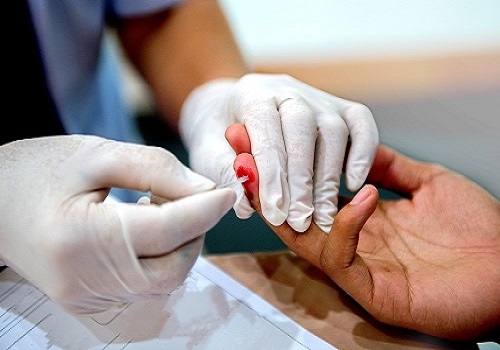Department of Health 2024/09/10 - 22:00

The Gauteng Department of Health (GDoH) has seen an increase in the number of people living with HIV tested, initiated on treatment and retained in care, surpassing its annual planned target of 4 857 196 for the 2023/24 financial year (F/Y) by 570 411 to achieve 5 427 607.
This achievement has been attributed to the expansion of HIV Self-Screening and index contact testing modalities in all health facilities, and community HIV testing services by 108 funded Non-Profit Organisations across all 5 health districts in the province. HIV testing campaigns were also conducted during World AIDS day and build-up activities, Condom Day, STI Month and World Stop TB Day campaigns.
While presenting the Gauteng Department of Health's (GDoH) annual performance report at the Gauteng Provincial Legislature on Thursday, 5 September 2024, MEC for Health and Wellness, Nomantu Nkomo-Ralehoko said that the province achieved an HIV positivity rate of 0.2% among infants around 18 months as efforts continue to prevent mother-to-child transmission of HIV.
"The low mother to child transmission rate is attributed to the effective implementation of the Vertical Transmission Prevention programme for antenatal clients who test positive, as well as the provision of pre-exposure (PrEP) and post-exposure prophylaxis for antenatal and postnatal clients who test negative.
"Our commitment to combating HIV/AIDS has been unwavering. We will continue to maintain our focus on improving prevention, testing, and treatment services to ensure that no one is left behind," said MEC Nkomo-Ralehoko.
The province also saw a decrease in HIV positivity rate among those aged 15 – 24 by 0.2 percentage, from 1.3% during 2022/23 to 1.1% during 2023/24 F/Y. This was due to implementation of preventative programmes such as PrEP.
Although GDoH did not achieve its planned annual target for the 2023/24 F/Y on antiretroviral treatment (ART) adult who remain in care, and adult and child viral load suppressed rate due high loss to follow-up of patients and suboptimal adherence to treatment and poor adherence to treatment, there are strategies to overcome these areas of underperformance.
To improve ART adult remain in care rate (12 months), the booking system and pre-retrieval of files prior to patients' appointments, and daily tracing of missed appointments on the same day will be strengthened, as well as tracking and tracing of patients with late missed appointments and their referral to Ward-based Outreach Teams (WBOTs). The updating of patient contact details at every visit and transition of clinically stable patients to differentiated care modalities will also be strengthened.
To improve adult and child viral load suppressed rate, treatment literacy strategy and education of patients on the importance of viral load collection and suppression will be implemented. Daily tracing of patients with missed appointments and issuing of patient appointment reminders will also be undertaken.
In addition, the GDoH has trained a total of 5 845 healthcare workers on the new ART Guidelines and compliance with guideline implementation will be closely monitored.
RELATED NEWS
No related news

